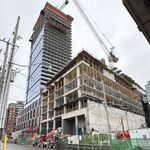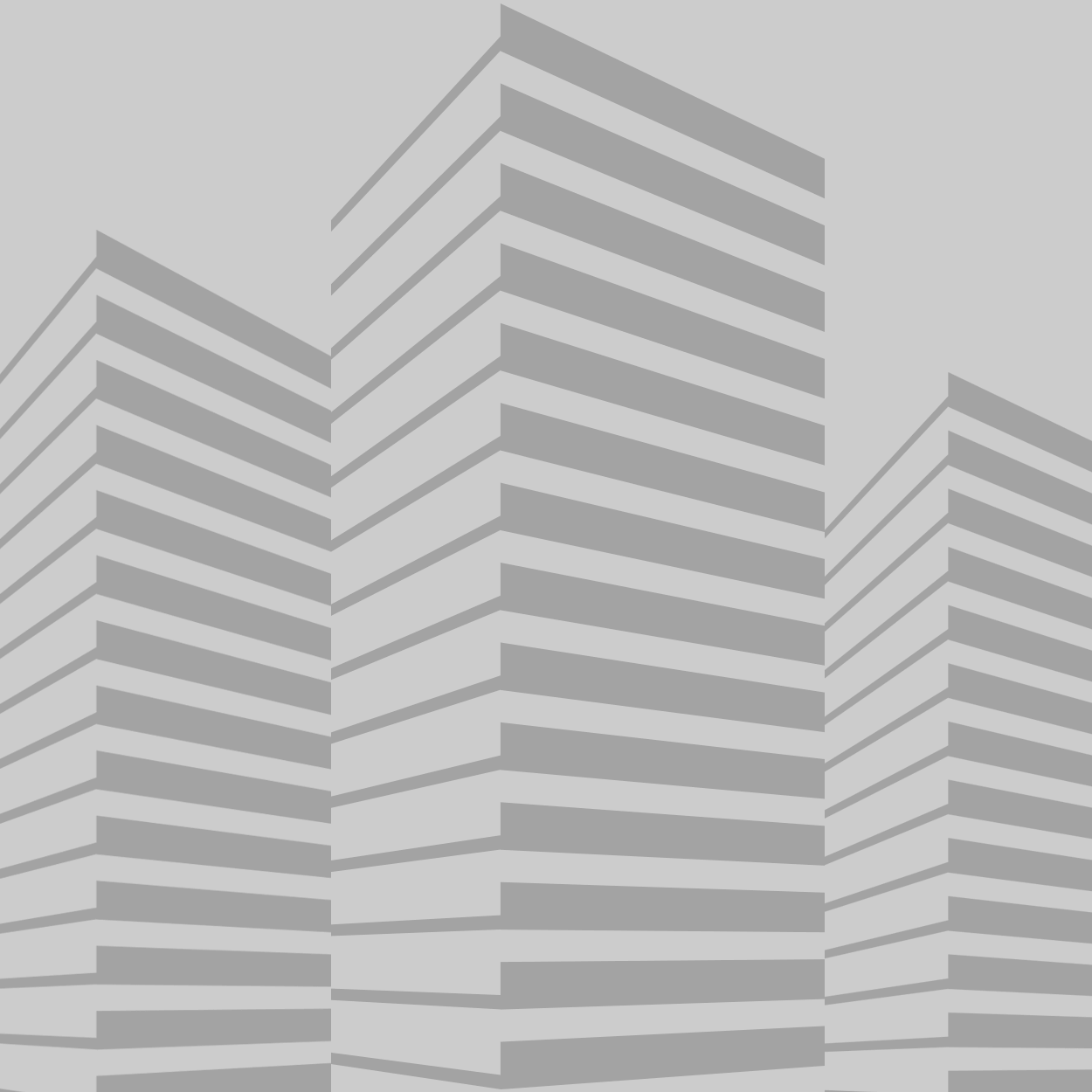Northern Light
Superstar
Mid-Peninsuala Highway
As many might guess, if you read my posts on Red Hill, I am not a fan of highways that promote sprawl and destroy Class 1 and 2 farmland (the best in the world) and mangle nature.
This proposal is no exception.
The corridor would again involve blasting a new corridor through the escarpment, badly mangling an already fragile and disparate wildlife corridor.
The Niagara Escarpment is a world biosphere reserve as designate by the U.N., part of Ontario's green belt, home to the Bruce Trail, and the only significant, contiguous wildlife corridor in southern Ontario.
Its already been damaged by the 406, 403, 401 and Red Hill.
Enough, is frankly too much, and more is utterly inexcusable.
***
The supposed rationale for the corridor highway is that the QEW is heavily congested in the St. Kitts/Niagara stretch where there is no room to widen beyond six lanes.
Therefore we must re-direct border-bound traffic directly to Ft. Erie, by-passing the Falls area altogether, roughly following a route from the 407 just north/east of the QEW and making a beeline for Buffalo.
The rationale is a false one.
It makes the assumption that there is no alternative to increased car and truck traffic bound for the border.
In fact there are a plethora of alternatives, largely centred around rail.
With regards to Freight rail, much of the existing trackage is already in place, and in corridors with room to additional rail should it be required.
This can be delivered at lower cost than a major new highway, and without any future operating costs born by the taxpayer, since CN or CP would be the ultimate owner/operator (presumably)
Some improvements such as a few new grade-separated crossings, larger cross-border capacity, and modify tunnels to handle double-height freight cars might be necessary, but still provide a better option from a cost, safety and ecological perspective.
***
On the issue of passenger cars, again passenger/commuter rail is the way to go.
Simply by extending full GO service to Stoney Creek, improved VIA service to the falls and across the border, ulimately in the form of high-speed rail provides an attractive, responsible choice.
Some other transportation enchancements are also needed, including improved local transit service in Hamilton and in Niagara region.
Its sad to see the province rely on tired solutions that were outmoded the day they were first thought of, some forty years ago.
As many might guess, if you read my posts on Red Hill, I am not a fan of highways that promote sprawl and destroy Class 1 and 2 farmland (the best in the world) and mangle nature.
This proposal is no exception.
The corridor would again involve blasting a new corridor through the escarpment, badly mangling an already fragile and disparate wildlife corridor.
The Niagara Escarpment is a world biosphere reserve as designate by the U.N., part of Ontario's green belt, home to the Bruce Trail, and the only significant, contiguous wildlife corridor in southern Ontario.
Its already been damaged by the 406, 403, 401 and Red Hill.
Enough, is frankly too much, and more is utterly inexcusable.
***
The supposed rationale for the corridor highway is that the QEW is heavily congested in the St. Kitts/Niagara stretch where there is no room to widen beyond six lanes.
Therefore we must re-direct border-bound traffic directly to Ft. Erie, by-passing the Falls area altogether, roughly following a route from the 407 just north/east of the QEW and making a beeline for Buffalo.
The rationale is a false one.
It makes the assumption that there is no alternative to increased car and truck traffic bound for the border.
In fact there are a plethora of alternatives, largely centred around rail.
With regards to Freight rail, much of the existing trackage is already in place, and in corridors with room to additional rail should it be required.
This can be delivered at lower cost than a major new highway, and without any future operating costs born by the taxpayer, since CN or CP would be the ultimate owner/operator (presumably)
Some improvements such as a few new grade-separated crossings, larger cross-border capacity, and modify tunnels to handle double-height freight cars might be necessary, but still provide a better option from a cost, safety and ecological perspective.
***
On the issue of passenger cars, again passenger/commuter rail is the way to go.
Simply by extending full GO service to Stoney Creek, improved VIA service to the falls and across the border, ulimately in the form of high-speed rail provides an attractive, responsible choice.
Some other transportation enchancements are also needed, including improved local transit service in Hamilton and in Niagara region.
Its sad to see the province rely on tired solutions that were outmoded the day they were first thought of, some forty years ago.







